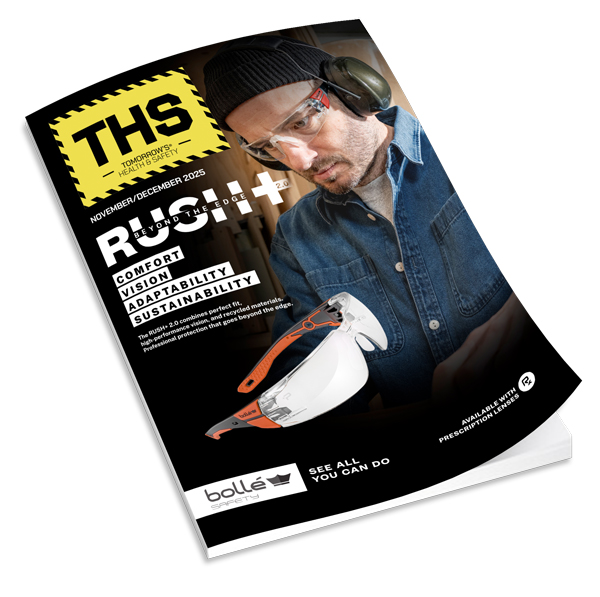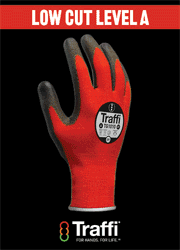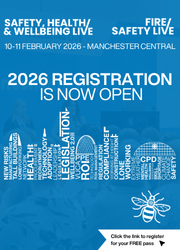Protecting staff hearing is still just as important as ever and COVID-19 means we’ve now got to factor social distancing into the solution.
Even if going back to work feels a long way off, it’s important to consider how you’re going to operate hearing surveillance programmes in the coming months. Current indications are that with many businesses and staff still operating from home, it’s unlikely things will return to normal anytime soon. And even when it does, the ‘norm’ might look vastly different.
Changing conditions: Social distancing, working from home and other hygiene controls may persist, change, or cycle between being relaxed and re-imposed for a while yet.
Higher Workloads: Clinical staff may continue to be redirected to high-priority areas, reducing availability for non-safety critical activities such as hearing surveillance – challenging compliance even when hearing tests are required.
Absent staff: Self-isolation and other measures may continue to disrupt staff presence, affecting their availability for testing. And any healthcare staff who are self-isolating cannot provide their valuable services.
Surveillance backlogs: There will be a considerable backlog of deferred hearing surveillance tasks.
It is clear therefore that any solution will have to be extremely flexible and preferably no-contact, as well as cost effective.
No-Contact Hearing Tests
As a result of these considerations, your post lockdown surveillance solution will need to be super-flexible. WorkScreen offers a host of benefits:
Use anytime, anywhere: Capture new starters or returning workers anytime, anywhere, as soon as they’re available, and at your convenience.
Multi-language: With fluctuating demand and staff availability, agency workers are a valuable resource to many employers, which is why WorkScreen hearing tests are available in a range of languages, including Polish and Romanian, to saving the expense and complexity of hiring translators.
User-operated, minimum clinical burden: WorkScreen frees up clinical and occupational health staff for other activities — something which is going to continue to be vital as the working environment continues to evolve.
Complete service, including report writing and referrals: report writing and referral (where required) saves even more time and effort.
Flexible and cost effective: Whether your requirement is immediate, short term or permanent, you need a solution that can work for you and your budget.
Sanitary: As a tablet-based system, the WorkScreen handset is easy to sanitise and does away with many of the opportunities for cross-infection found on traditional audiometers.
Ticking these boxes means you can address compliance easily in a no-contact environment, and with minimal burden on H&S or occupational health staff.
Although, WorkScreen is not designed specifically to address the difficulties presented by COVID-19, the reality is that the pandemic has magnified the challenges that were already there. That’s why at WorkScreen we focus on flexibility – combining e-health technology with full-service hearing tests for occupational health providers, as well as large organisations who test hundreds of staff to even small businesses testing as little as one employee.
So, while COVID-19 continues to affect our workplaces as well as everything else we do, taking an easier, no contact approach to hearing tests will help now and continue to pay dividends.
WorkScreen is offering Free Hearing Protection for the first 50 THS readers to get in contact and up to 20% off for all readers.
www.workscreenuk.co.uk/ths-no-contact.






























